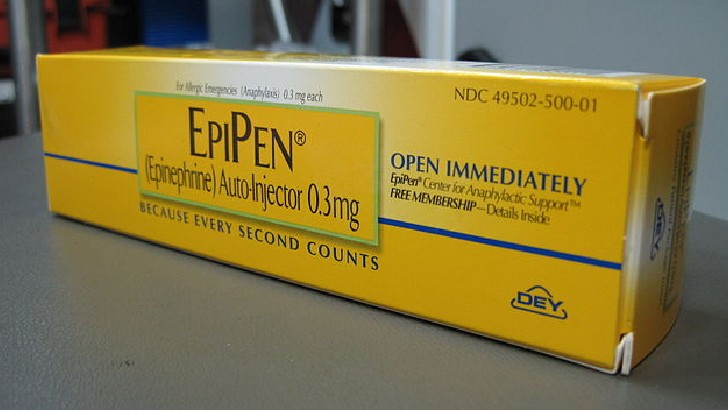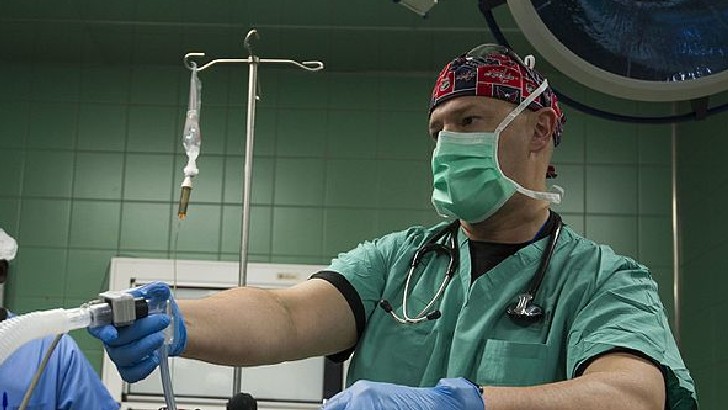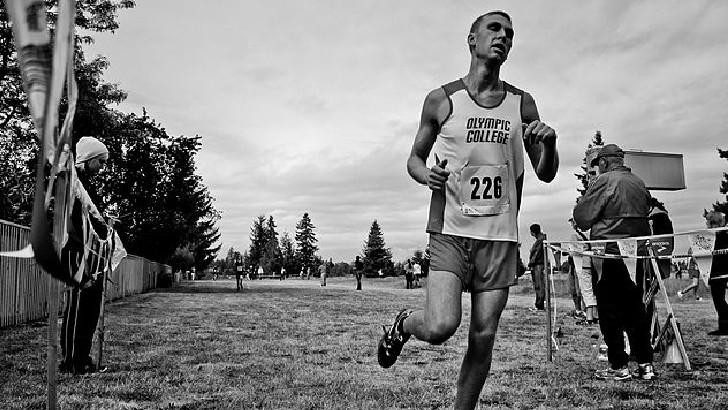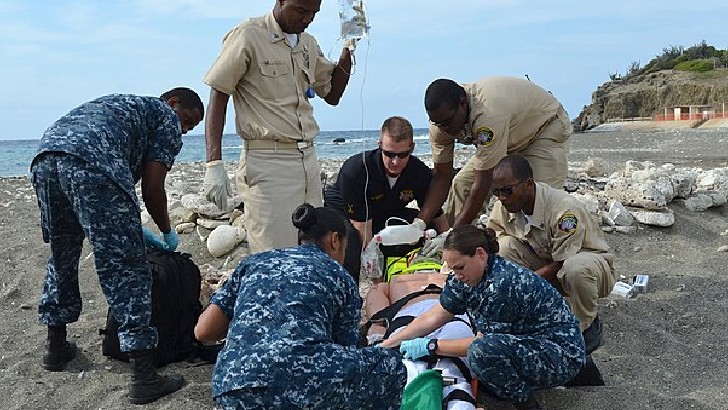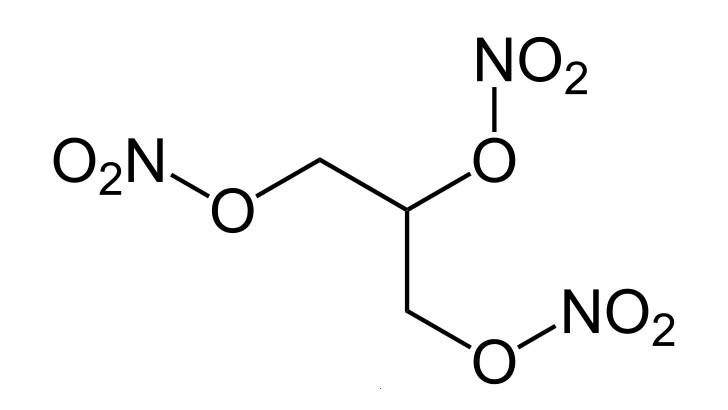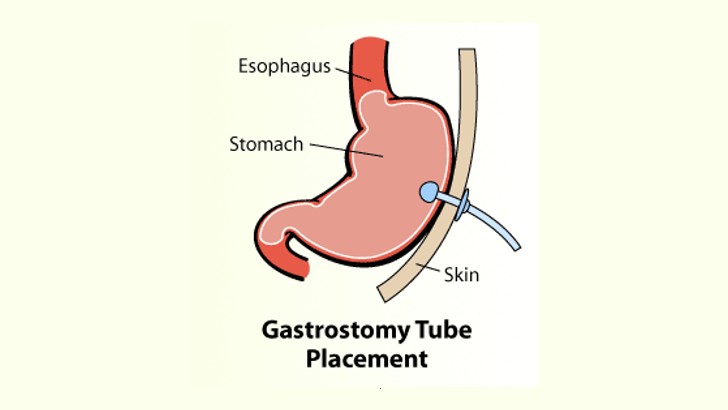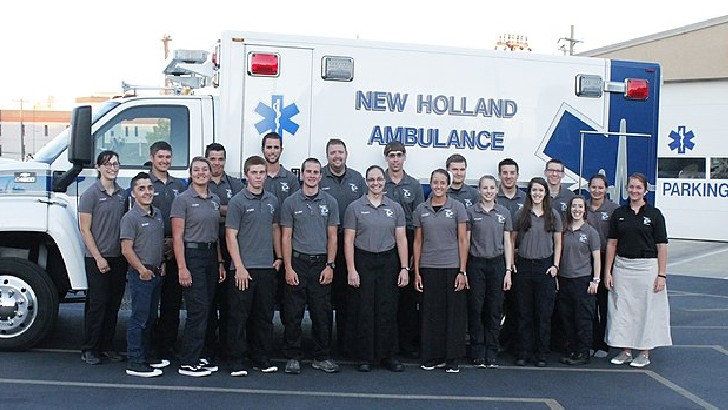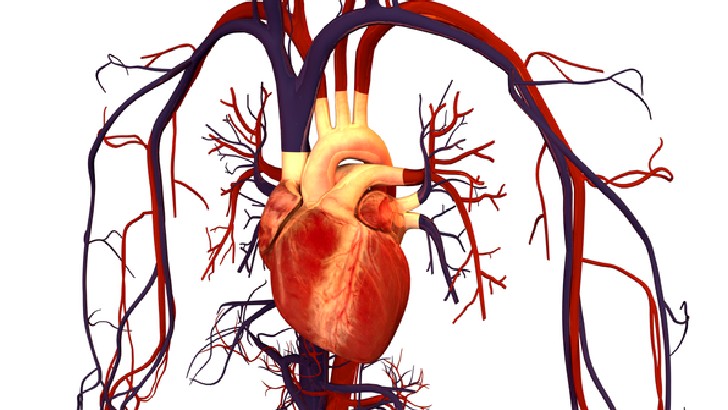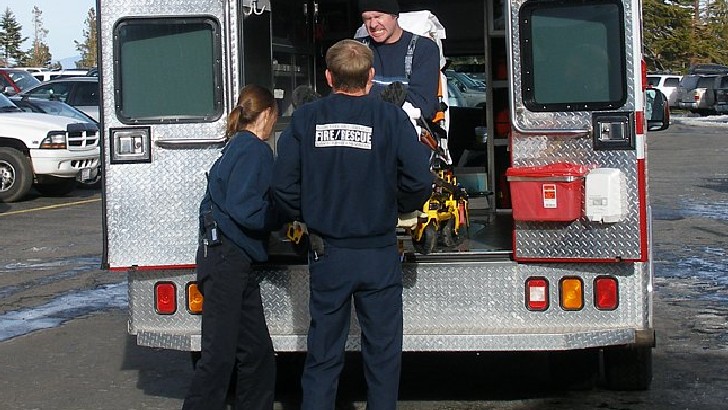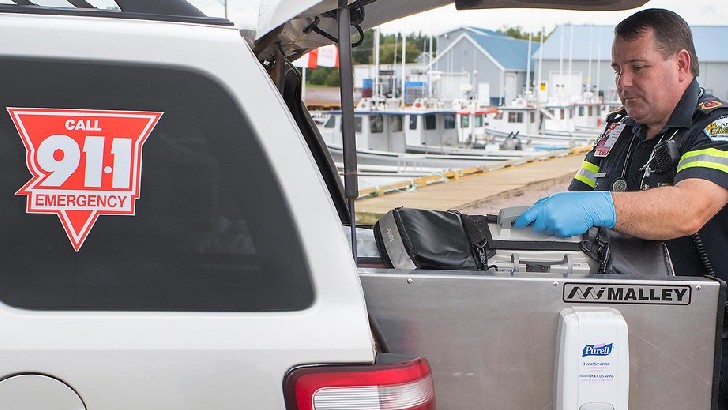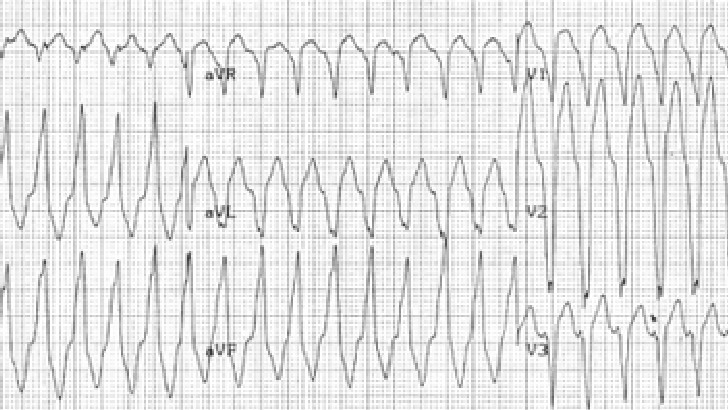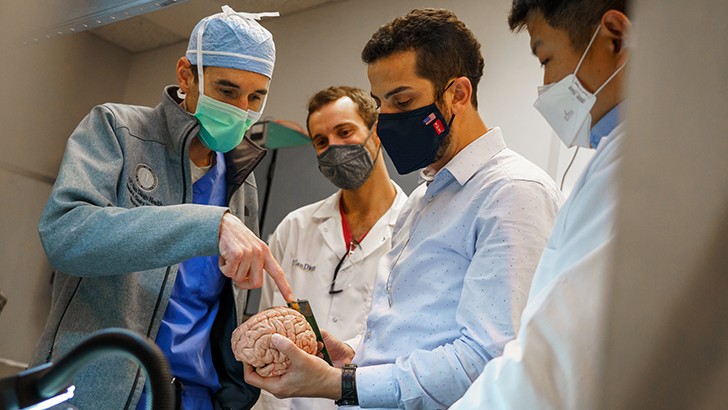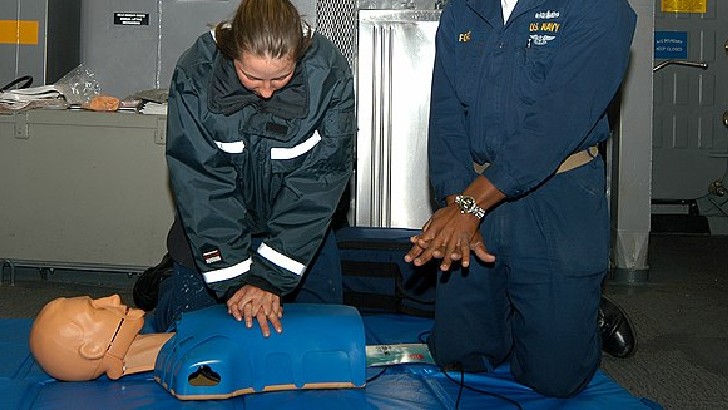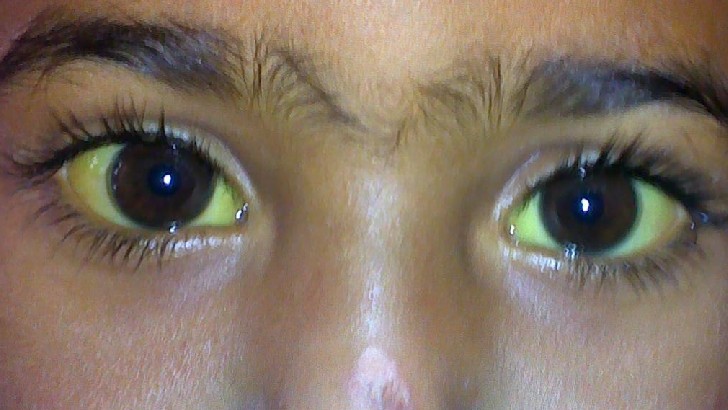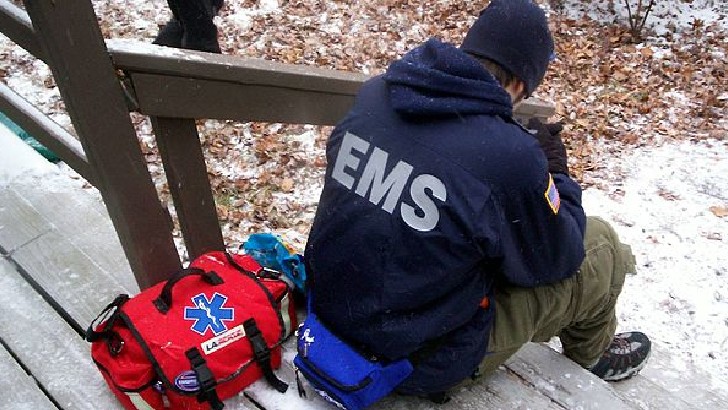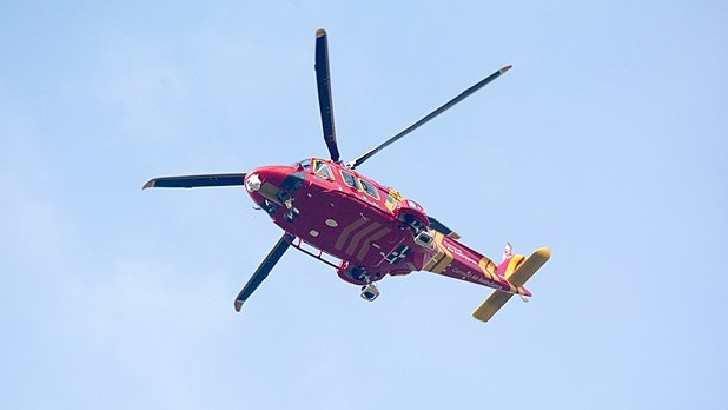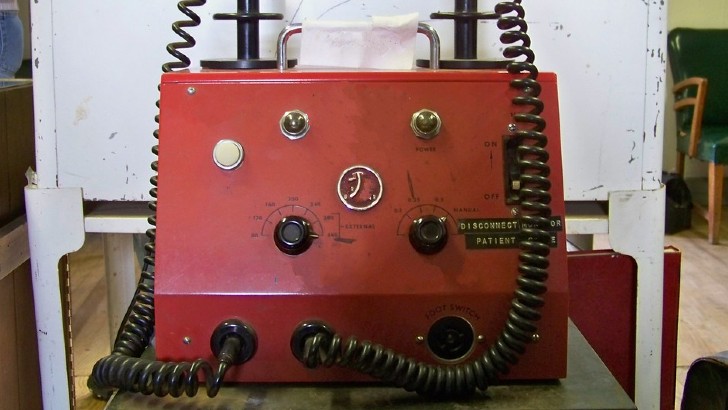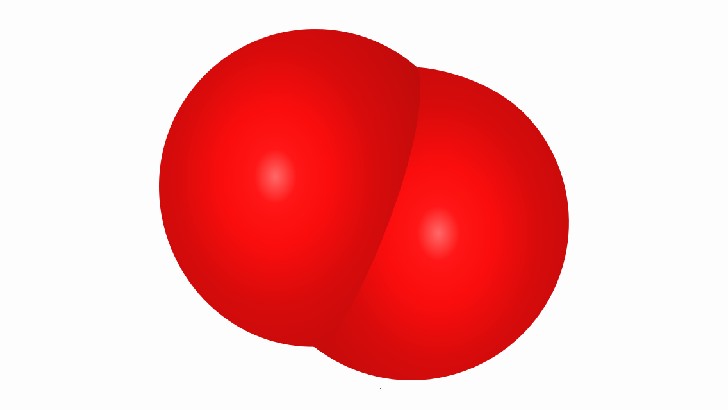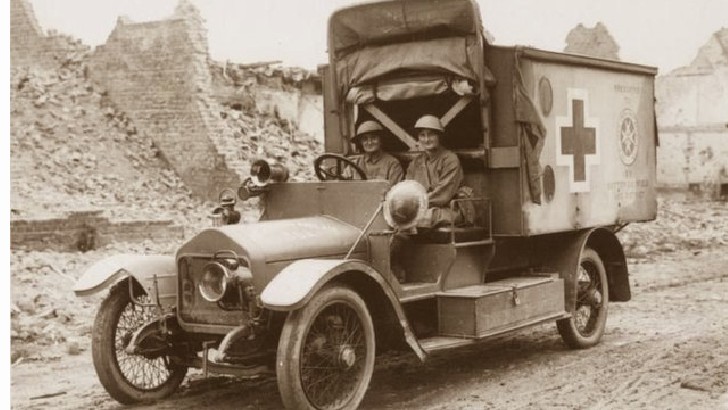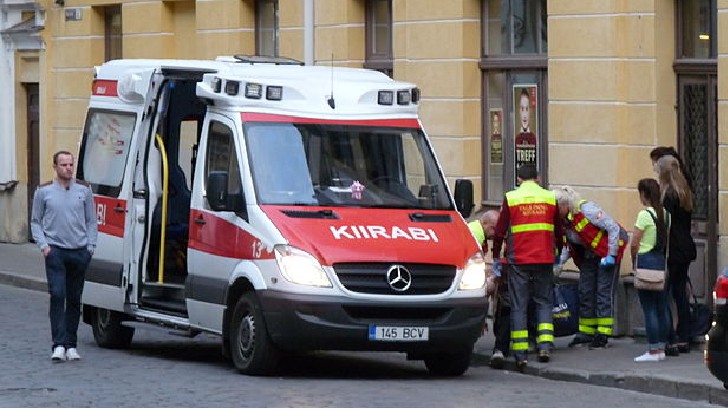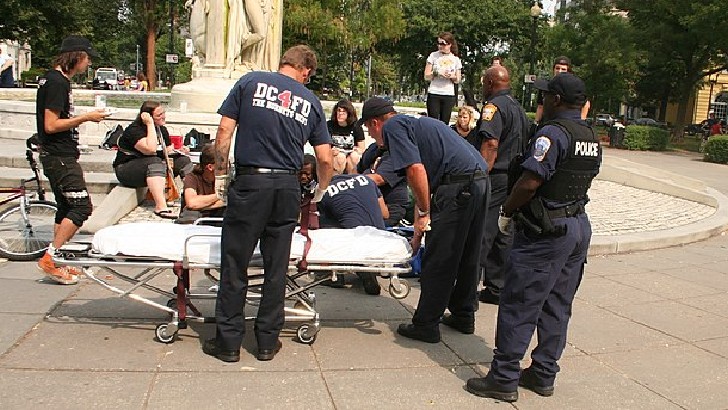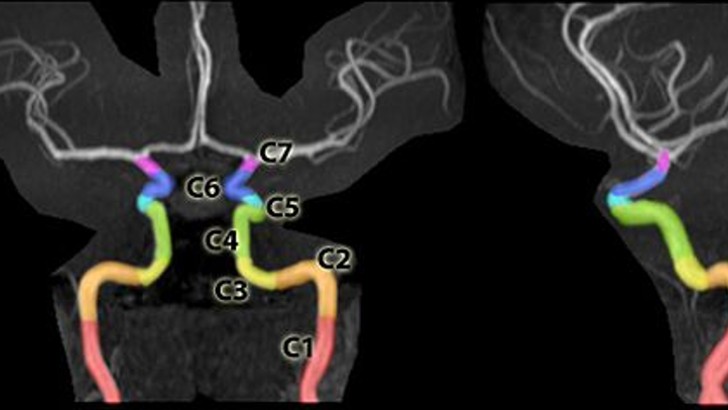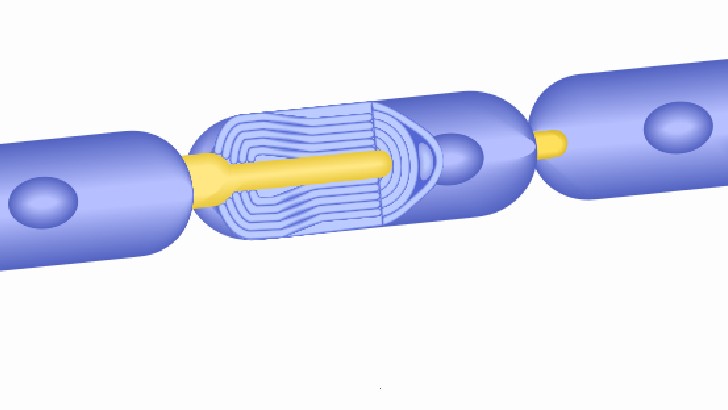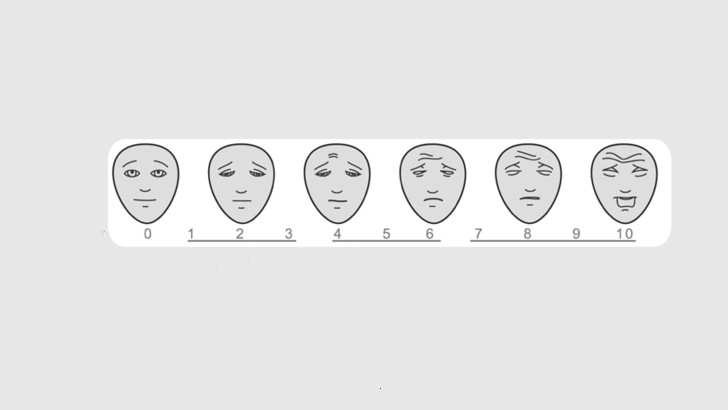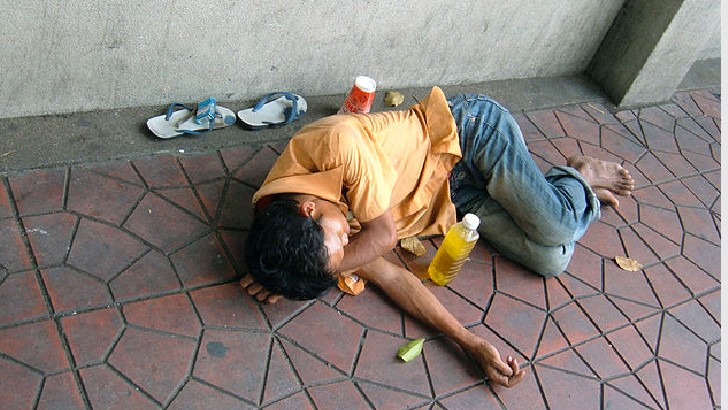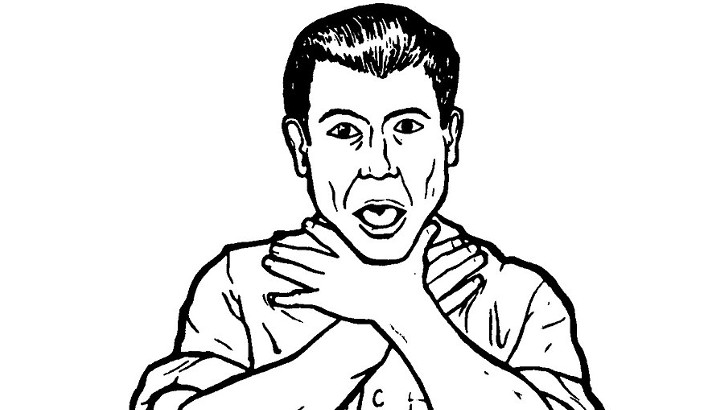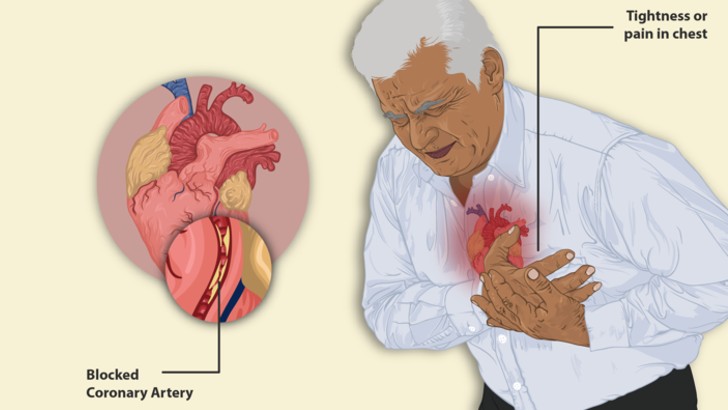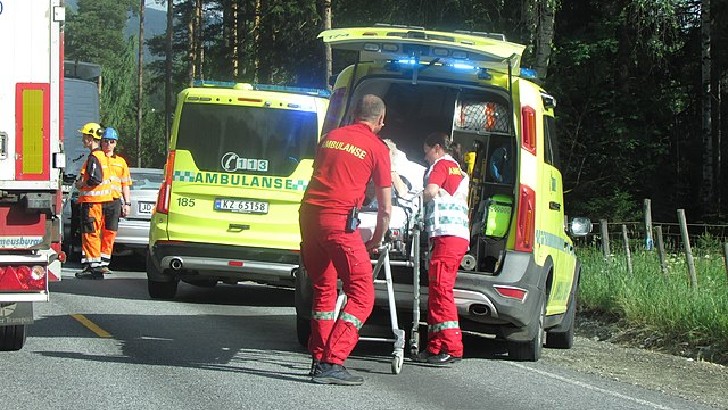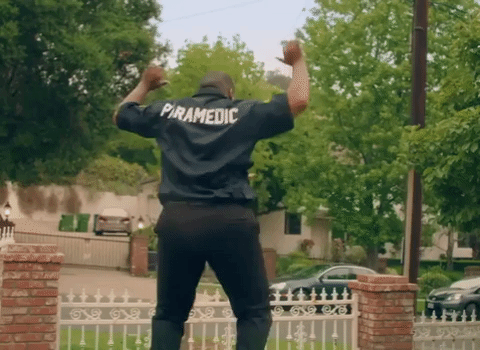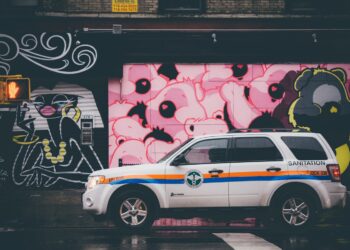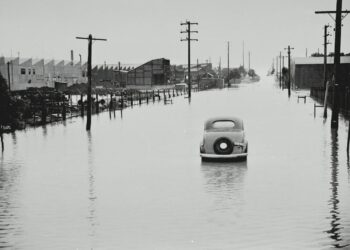Have you ever wondered if you can make it as an Emergency Medical Technician, then this quiz is for you! It may not be as hard as the official EMT certification exam since the quiz is catered to the general audience. Take this quiz to know if you have the general knowledge to become an EMT and save a life.
What is an EpiPen used for?
Allergic reactions
Epinephrine is used to treat an allergic reaction by alleviating the symptoms of anaphylaxis. As blood vessels swell, anaphylactic shock causes a fast drop in blood pressure. By tightening the blood arteries, EpiPens raise blood pressure again.
What might cause rapid breathing, a quick heartbeat, and fainting?
Severe dehydration
Even while a marathon may cause rapid breathing and heartbeat, unless you push yourself too hard, you probably won’t pass out. These are indications that your body is in dire need of water. Extremely dry skin, lightheadedness, sunken eyes, a lack of vitality, and dark yellow urine are other symptoms of dehydration.
When an EMT intubates someone, what does that mean?
They put the person in a tub of ice to drop body temperature.
They tie the person’s legs down with tubing to prevent the patient from flopping in the ambulance.
They put a breathing tube down the patient’s throat.
They put a breathing tube down the patient’s throat.
A person who is not breathing well on their own for whatever reason is intubated, which involves inserting a breathing tube down the person’s throat. Making ensuring the person is in the right position might simplify the process, which can be complicated by obesity.
You arrive at the site to find a cognizant patient who is experiencing heat exhaustion on a scorching hot day. What do you need to do to help her?
Give her a chilled Coca-Cola bottle while she sits cross-legged.
Place her somewhere cool, have her lie down, and have her legs raised.
Pinch her to keep her awake
Place her somewhere cool, have her lie down, and have her legs raised.
Your patient’s life could be at danger if heat exhaustion turns into heat stroke. So stop allowing it to advance. Move her to a cool location, preferably air-conditioned or shaded, take off any restrictive or cumbersome clothing, lie her down, and elevate her legs. Then spritz or fan her while giving her a chilled, caffeine-free beverage.
What is the reason EMTs wear gloves?
They are worn to prevent the patient, who may be a criminal, from leaving further fingerprints.
To guard against contaminated bodily fluids, gloves are worn.
Their hands won’t slip because of the gloves.
Nothing; it’s just a requirement of the outfit.
To guard against contaminated bodily fluids, gloves are worn.
Gloves are worn by EMTs and patients alike to prevent contact with vomit, urine, or feces as well as the acquisition or spread of contagious viruses, illnesses, or bacteria. Due to a rise in latex allergies, these gloves are now manufactured of neoprene rather than latex so as to prevent dangerous allergic reactions on top of illness or injury.
A mnemonic aid for medical evaluations is the SAMPLE abbreviation. The A stands for what?
Allergies
Try the mnemonic device SAMPLE to help you remember important questions for your patient’s basic medical exam. The letters S, A, M, P, L, and E stand for signs or symptoms, allergies, medications, prior relevant medical history, last oral intake, and events leading up to the disease or injury.
His blood should coagulate unless your patient has hemophilia. What is regarded as the tying agent or glue that aids in the conclusion of the clotting process?
Fibrin
The insoluble protein fibrin is able to play a significant role in blood clotting due to its properties and binding sites. Without it, your wound couldn’t heal itself.
What is the main factor in accidents involving ambulances?
Careless ambulance drivers.
Uncooperative traffic.
Because an ambulance is essentially a box with a lot of free-floating equipment and maybe multiple medical personnel who may be unbuckled while attending to the ill, most incidents involving ambulances do not end well. The majority of accidents that occur when the ambulance navigates the congested roadways are caused by other motorists who refuse to move out of the path.
What effects does nitroglycerin have on heart attacks?
Helps blood flow to the heart
Helps the heart pump blood to the body
Helps blood flow to the heart
These important blood arteries in the neck carry blood from the heart to the brain, face, and neck. On the right and left sides, there are two carotid arteries, each of which divides into two branches, the internal one of which ascends to the brain.
What is the purpose of a gastrostomy tube?
Fixing gastrointestinal blockage
Giving the patient the necessary gas
Feeding
A gastrostomy tube, sometimes called a G-tube, is introduced into the belly to provide nutrients to the stomach. This is frequently used with kids who have problems eating to make sure the right amount of calories and fluids are being provided.
Which of the following might bring on a seizure in a patient?
All of the above
A seizure could happen when aberrant electrical activity in the brain activates. Medication-induced seizures, epilepsy, head trauma, medicines, brain infections, poisoning, and other factors can also cause them.
Nose
Be quick to call 911 if you notice any of these symptoms when evaluating for signs of a stroke: Balance – loss of coordination or dizziness; Eyes – difficulty seeing out of one or both eyes; Face – weakness or unevenness; Arms – weakness or inability to raise arms evenly; Speech – slurred or impaired; and Time – call emergency services as soon as possible.
How do an EMT and a paramedic vary from one another?
EMTs can also give blood transfusions.
Paramedics have more education and practice.
Paramedics have more education and practice.
EMTs that are proficient in the fundamentals of life support may administer oxygen, do CPR, stabilize back injuries, and apply splints or bandages to injured victims. 80 to 250 hours of study and training are needed. A minimum of 1100 hours of study and training are necessary for paramedics before they are able to start IVs, monitor EKGs, do manual defibrillation, intubate patients, and perform other more critical care. Paramedics are licensed healthcare practitioners.
The human heart has how many chambers?
4
The upper right and left atria, as well as the lower right and left ventricles, make up the four chambers of the human heart. While amphibians and reptiles only have three, mammals and birds have the same number.
What does a sphygmomanometer measure?
Heart Rate
A sphygmomanometer, often known as a blood pressure monitor measures the heart rate. A mercury or mechanical manometer is used to measure the artery’s pressure and blood flow while the cuff progressively expands before slowly contracting to release the artery.
What are EMTs prohibited from doing?
EMTs cannot respond to fire department calls.
EMTs cannot check vital signs.
EMTs cannot prescribe new medications.
EMTs cannot deliver babies.
EMTs cannot prescribe new medications.
EMTs are not permitted to conduct tracheotomies or deliver new medications. Additionally, they are not permitted to transfer patients to hospitals that offer more intensive treatment. Only Critical Care Paramedics are permitted to perform that.
What situations require an EMT’s call-out the most frequently?
Falling, breaking bones, or having diabetes issues.
Automobile accidents, births, heart attacks, gun shots, or stab wounds.
To resolve conflicts, locate misplaced items, or transport drunk people home.
broken teeth, vomiting, or suicide attempts.
Automobile accidents, births, heart attacks, gun shots, or stab wounds.
The two most common reasons that emergency medical technicians are requested are to deliver unexpected pregnancies and to treat injuries from vehicle accidents. Additionally, requests to treat for sudden myocardial infarctions (heart attacks) and stab wounds or gunshot wounds sustained during arguments or other instances of personal violence are frequently made.
What symptom is most likely to be present in someone with tachycardia?
A Rapid Heartbeat
A quick pulse that may or may not be regular characterizes the condition known as tachycardia. Electrical signals go awry in this disease, raising the heart rate as a result.
Which of the following should an EMT never do to help the patient if they are having a seizure?
Keep Yourself And Other People Calm
Comfort The Person And Speak Calmly
Hold The Person Down To Control Movements
Ease The Person To The Floor
Hold The Person Down To Control Movements
It’s vital to keep someone’s movements unrestricted and to avoid putting anything in their mouth when they are convulsing. Instead, try soothing the individual, helping them to the floor if they aren’t there already, and maintaining peace among all parties.
Which of the following medical devices might be used to give patients who are unable to breathe positive pressure ventilation?
Bag Valve Mask
A hand-held device called a bag valve mask, commonly referred to as an Ambu bag, a manual resuscitator, or a self-inflating bag, is used to help patients who are having trouble breathing or breathing incorrectly.
What condition might a person with yellow sclera have?
Which system includes a group of hormone-producing glands?
Endocrine system
The endocrine system plays a role in a variety of biological processes, including metabolism, sexual function, reproduction, tissue function, growth, development, mood, and sleep. All of these things are influenced by hormones, which are created by a group of glands in the endocrine system.
When evaluating a trauma patient using DCAP-BTLS, what does the letter B stand for?
Burns
The mnemonic device DCAP-BTLS is used to evaluate trauma victims. Deformities (D), contusions (C), abrasions (A), penetrations (P), burns (B), tenderness (T), lacerations (L), and swelling (S) are all abbreviations.
What does the body eat when there is not enough insulin to metabolize the available sugars?
Glucose
Without insulin, cells start to malfunction because they are unable to utilize glucose, often known as blood sugar. The glucose that is not utilized by the body is transformed and stored as fat in order to give the body energy when blood sugar levels are low.
In the triage system, what does a red tag mean?
Those who are beyond treatment
It’s the patient’s preferred color
Those who need immediate treatment
Those who don’t need treatment
Those who need immediate treatment
A triage system’s color-coded tags frequently contain the following: red (immediate, or critical, will die without immediate care), black (expectant, or dead or beyond help), green (wait), yellow (observation), and white (wounded but not critical) (dismiss, i.e. minor injuries or uninjured).
Which of the odd calls below was truly answered by EMTs?
With a nail gun, a man unintentionally fastened his foot to the ground.
A man called in to complain that his dinnertime peanut butter & jelly sandwich was missing.
With a chainsaw, a man unintentionally severed three fingers. His dog then devoured them.
All of the above.
EMTs have really experienced all three of these situations. There are countless stories of people who invent situations or find any justification to get EMTs or paramedics to respond to strange calls. Drug addiction, mental illness, loneliness, and severe irresponsibility are a few of the causes.
What distinguishes the crews of an ambulance and a helicopter?
Most EMTs can drive an ambulance, but a helicopter gets one dedicated pilot.
Ambulance crew must be skilled in self-defense.
Helicopter crew must be able to skydive.
Most EMTs can drive an ambulance, but a helicopter gets one dedicated pilot.
A helicopter, or air ambulance, will have a specialist pilot, whereas any member of the ambulance crew can be trained to operate an ambulance. Additionally, although a helicopter requires highly skilled paramedics, an ambulance may be manned largely by EMTs.
What brand-new, life-saving technology was made available to the medical community in 1948?
A defibrillator.
In a hospital operating room in 1948, the first defibrillation was performed. The patient, who was having lung surgery, abruptly experienced a heart attack. While operating room staff jimmied a defibrillator out of two copper wires attached to an examination lamp at one end and the man’s heart at the other, the lead surgeon massaged the man’s heart from the inside.
What is it termed when oxygen molecules are loaded onto hemoglobin molecules in the circulation and are essential to internal respiration?
Oxygenation
It is known as oxygenation when oxygen is added to a system. This is the phrase used while administering oxygen to a patient or mixing medicine with it.
What were ambulances built before the development of modern medical transportation?
A gurney pulled behind a horse at ground level.
A long wooden wagon carefully pulled by emergency staff.
A stretcher suspended between two horses.
Horse-drawn wagons.
Some hospital interns launched the first emergency medical system in Cincinnati, Ohio, in 1865. Horse-drawn carriages were the only way to get patients in need to the hospital. Even though the bouncing around resulted in discomfort when injuries or sickness were sustained and minimal weather protection was provided, many were appreciative of the service nonetheless.
Is the patient needed to be taken to the hospital when EMTs are summoned to an emergency?
Not if they sign a form refusing the care.
Cardiac cases must be transported no matter what.
No, but there will be a $1000 fee for calling on false pretenses if they don’t go.
Yes, all emergency cases must be transported to the hospital.
Not if they sign a form refusing the care.
A person will not be transported if they are over 18 years old, of sound mind, and capable of signing an RMA (Refusal of Medical Attention) indicating that they won’t hold the EMTs accountable for their condition since doing so would be abduction or false imprisonment.
Which emergency agency has the most EMTs that have received training?
Firefighters
About 40% of all EMTs in service are certified EMTs, the majority of which are employed by firefighters. Most of them have additional training to aid in fighting fires, but just around 9% of them are department-affiliated EMTs who handle the majority of calls for lesser crises.
EMTs need to have a basic understanding of biology. The carotid arteries supply blood to what?
Head, neck, and face
These important blood arteries in the neck carry blood from the heart to the brain, face, and neck. On the right and left sides, there are two carotid arteries, each of which divides into two branches, the internal one of which ascends to the brain.
What is “PNS” frequently used to shorten in medical applications?
Peripheral Nervous System
Parasympathetic Nervous System
Pertinent Neurological Symptom
Peripheral Nervous System
The central and peripheral nervous systems, which together make up the two main divisions of the nervous system, are denoted by the letters CNS and PNS, respectively.
What aspect of the LOTTAARP pain evaluation do you use when you ask your patient, “Does the pain travel somewhere else?”
Radiation
LOTTAARP is a further acronym for a thorough assessment and stands for location, onset, timing, type, alleviating factors, associated symptoms, radiation, and precipitating event. This apparatus particularly evaluates pain.
Someone sleeping on the chilly pavement in the midst of a 30-degree day is discovered. From what is he losing bodily heat?
Conduction
The body may lose heat in a number of ways, such as by radiation, convection, or evaporation. However, around 2% of body heat is lost by conduction when sleeping on a chilly surface.
What should an EMT assume when they see someone gripping their throat when they arrive on the scene?
The person is having a heart attack
The person is laughing too hard
The person is choking
One or both hands gripping the neck is the recognized global indication for choking worldwide. It’s quite reasonable to presume that the individual may be choking if this action is followed by the inability to speak or difficulties breathing.
What treatment should EMTs administer to someone who might be having a heart attack?
Aspirin
Aspirin use significantly lowers the number of deaths from heart diseases. As soon as you can, have the patient chew and swallow aspirin.
A diabetic patient, 65 years old, is breathing quickly and profoundly. She was found unconscious by her husband. What condition is your patient most likely experiencing?
Diabetic shock
Blood sugar levels fall so low during diabetic shock that assistance from a third party is needed. The patient has extremely low blood sugar, or severe hypoglycemia, which can result in a diabetic coma. A glucagon injection is necessary for the comatose patient, and it should revive them in around fifteen minutes.
Can an ambulance be used to carry an uninsured person?
only if cardiac issues are present during the emergency.
If they can pay a deposit prior to the journey, they may be taken without insurance.
Yes, EMTs are required to treat everyone fairly.
No, a person cannot use this service unless they are insured.
No. They need to pay a deposit amounting to $500.
Yes, EMTs are required to treat everyone fairly.
Regardless of their insurance coverage, the EMTs will transport a person by ambulance. If highly trained paramedics are needed, there may be a $1000 minimum fee, which the patient would be compelled to pay or submit a request for charitable help.
Sorry. You don’t have the skills to save a life.
Almost. But we know you can do better.
Congratulations! You passed our EMT exam.
[giveaway id=12098]
